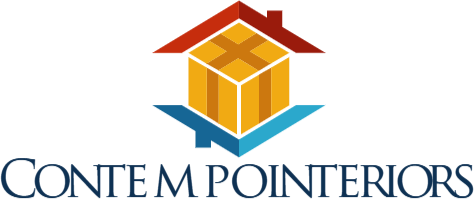The placement of wall sconces in a room can affect its overall design. The sconces not only act as a light source but can also complement the colors and textures of the space. Sconces can also be used as a statement piece to express one’s style, making it essential to select the right pair for the space. When it comes to determining how high a sconce should be hung, factors like the intended use of the room and the height of the ceiling play an important role. If a sconce is too low it will illuminate the ceiling more than the wall, while if it’s too high it can cause glare. The ideal sconce height is the point where people will be able to see the bulb without looking directly at it.
Sconces can be hard-wired or plugged into a standard outlet and are available in a wide range of styles, sizes and finishes to suit any home decor scheme. Some sconces even support a dimmer switch, which adds to the ambiance and can make a big difference in a living room or bedroom. A sconce’s decor style can also make a big difference in how it’ll look on the wall, with options ranging from modern to classic and rustic.
While some homeowners choose to keep their sconces simple and neutral in color, others like to use them as an opportunity to showcase their personality. The way a sconce is crafted and the details included can contribute to its decor style, which will help decide how it will be perceived in a room. For instance, a brass finish can evoke a classic feel while a candelabra design can create a more traditional vibe.
In addition to decor style, a sconce’s wattage will impact its brightness. It’s important to understand the difference between bulb brightness and wattage because the former refers to how much light a bulb emits while the latter is a measure of its energy use. Some sconces come with built-in bulbs while others are compatible with different types of bulbs, which can be purchased separately. Most sconces will indicate the type of bulb they’re compatible with and recommend a specific wattage to ensure the fixture is well-lit.
While lamps and overhead lighting Fohof like chandeliers are often thought of first when it comes to a room’s lighting, wall sconces can be just as useful (and affordable). In fact, they’re a great alternative to table lamps for a bedroom or bathroom. And if you’re not comfortable working on electrical projects, it may be wise to hire a professional to install sconces that require hard-wiring. But for DIYers, the installation process is fairly straightforward — just make sure to turn off the power to the area of the house you’re working on before beginning.

